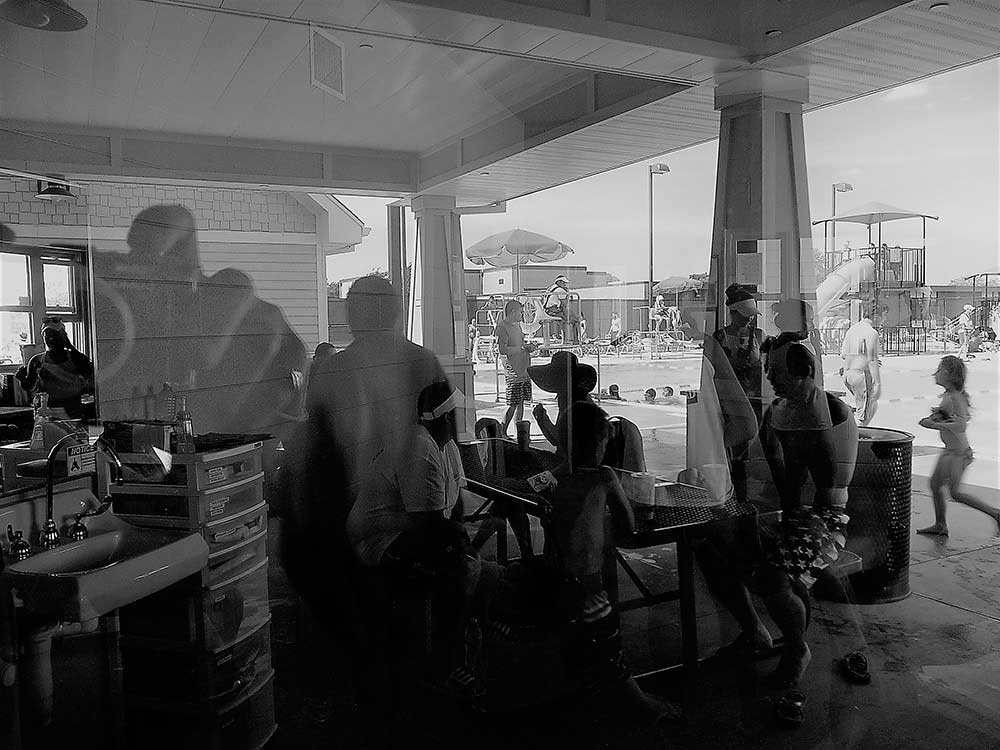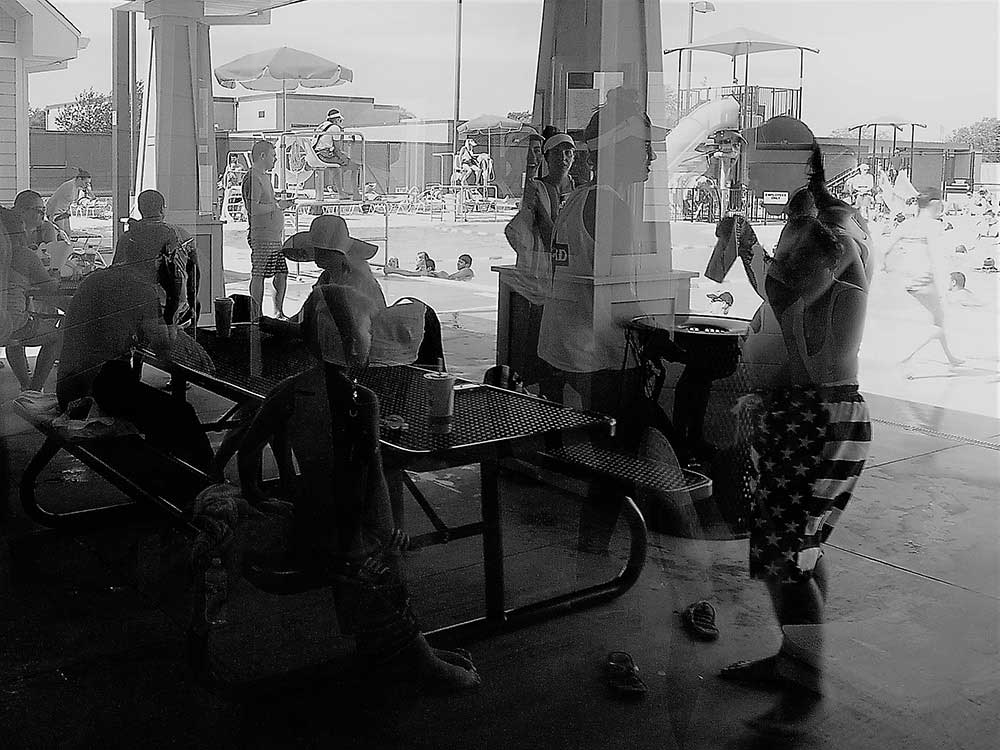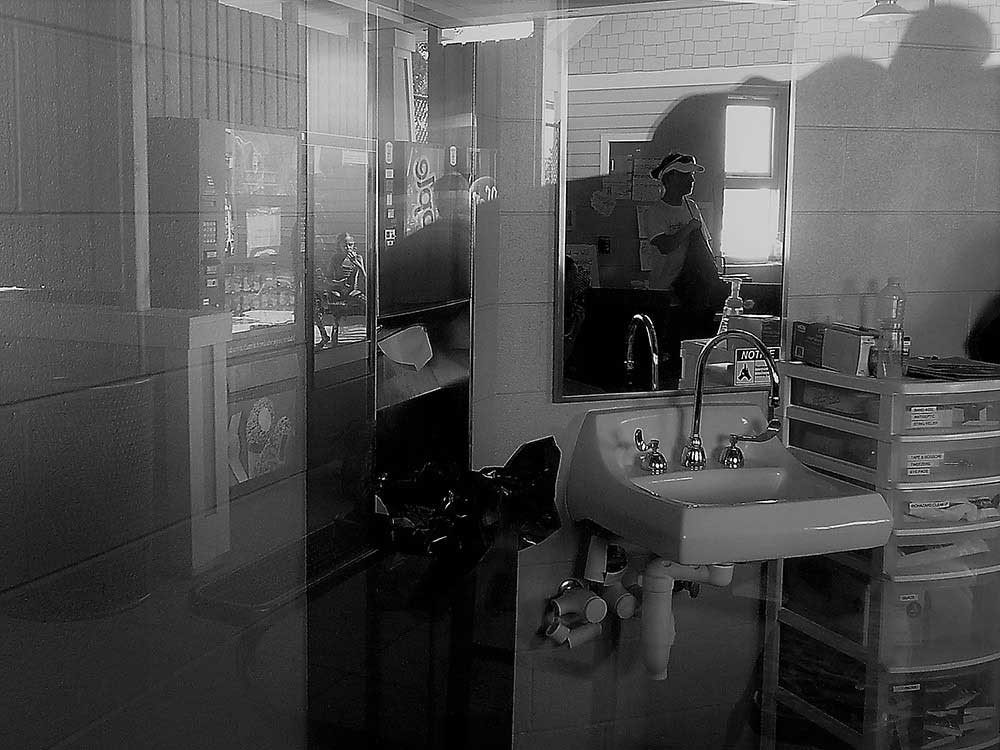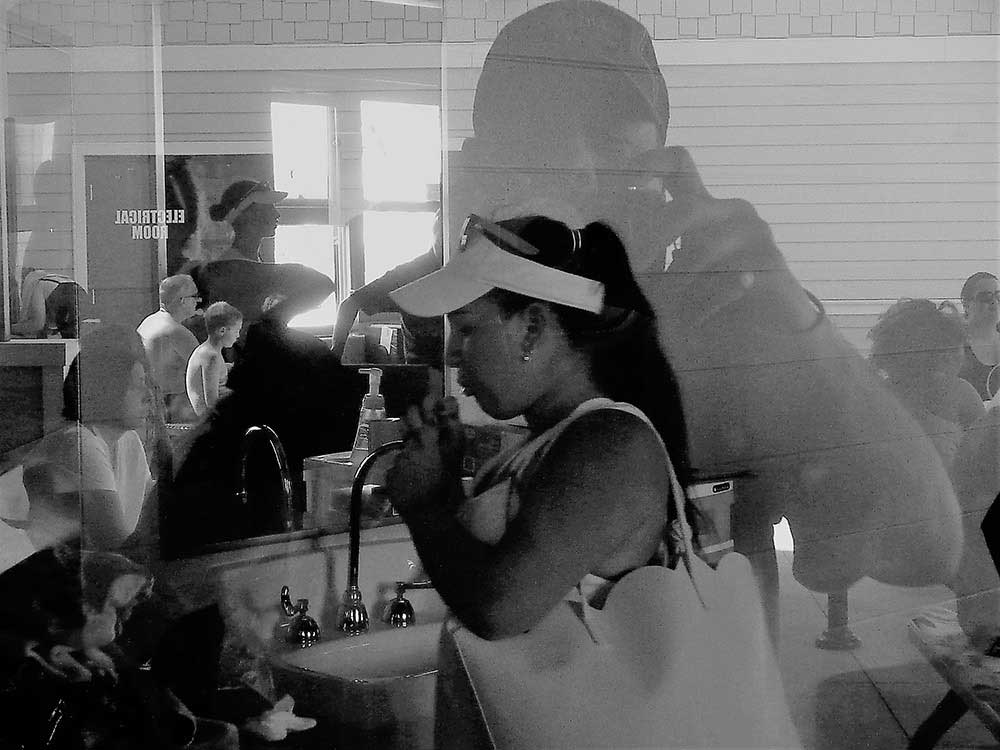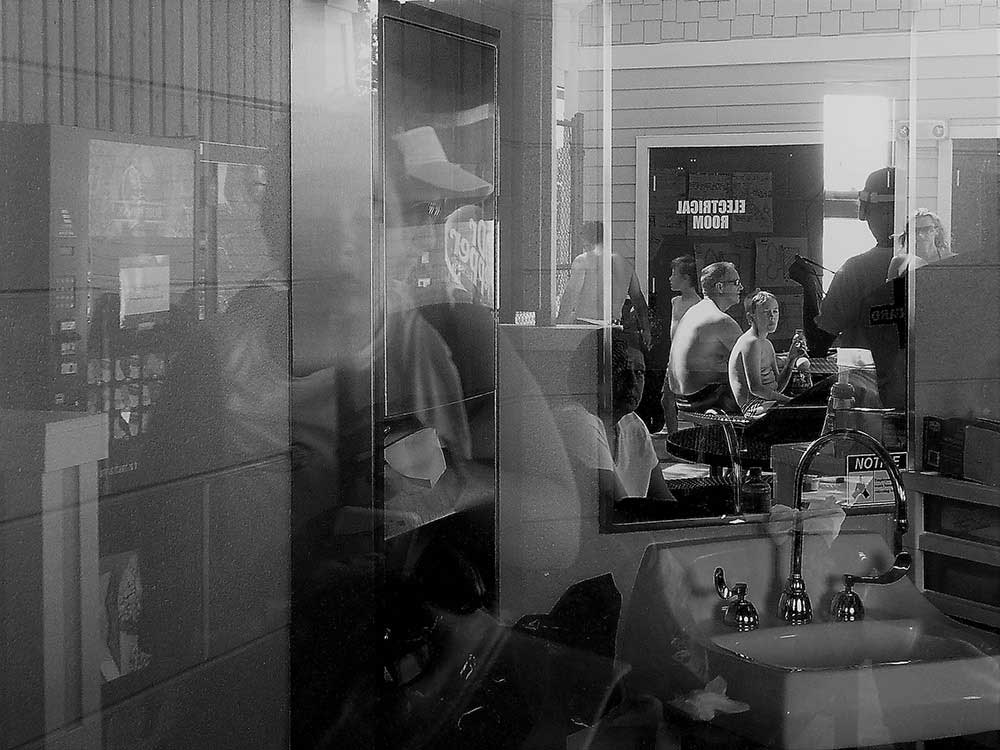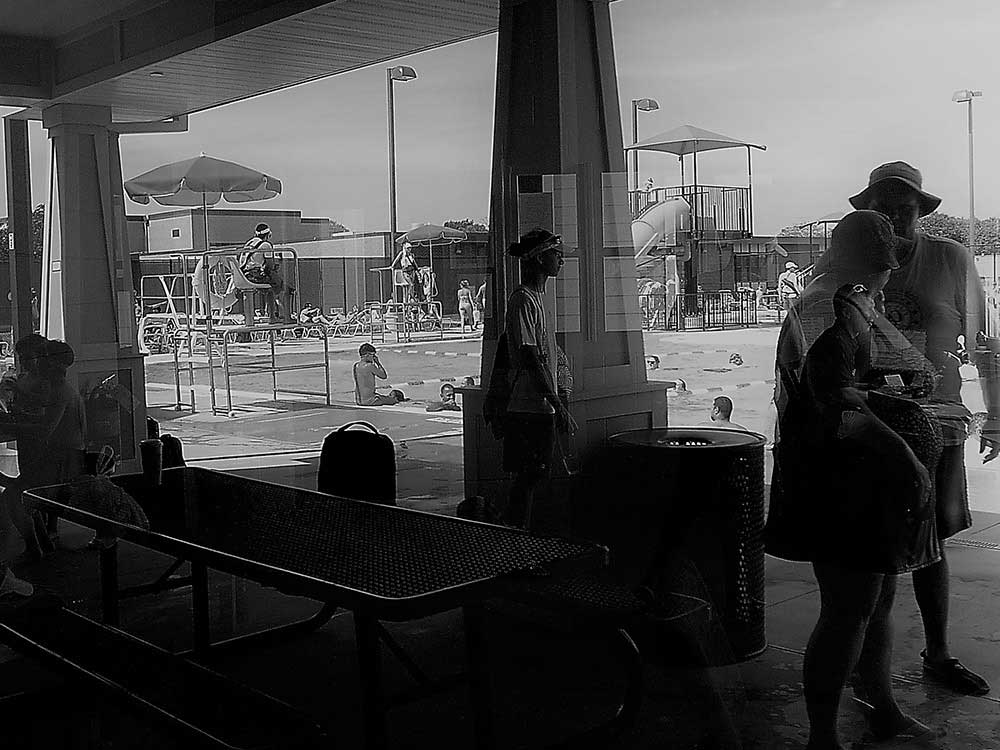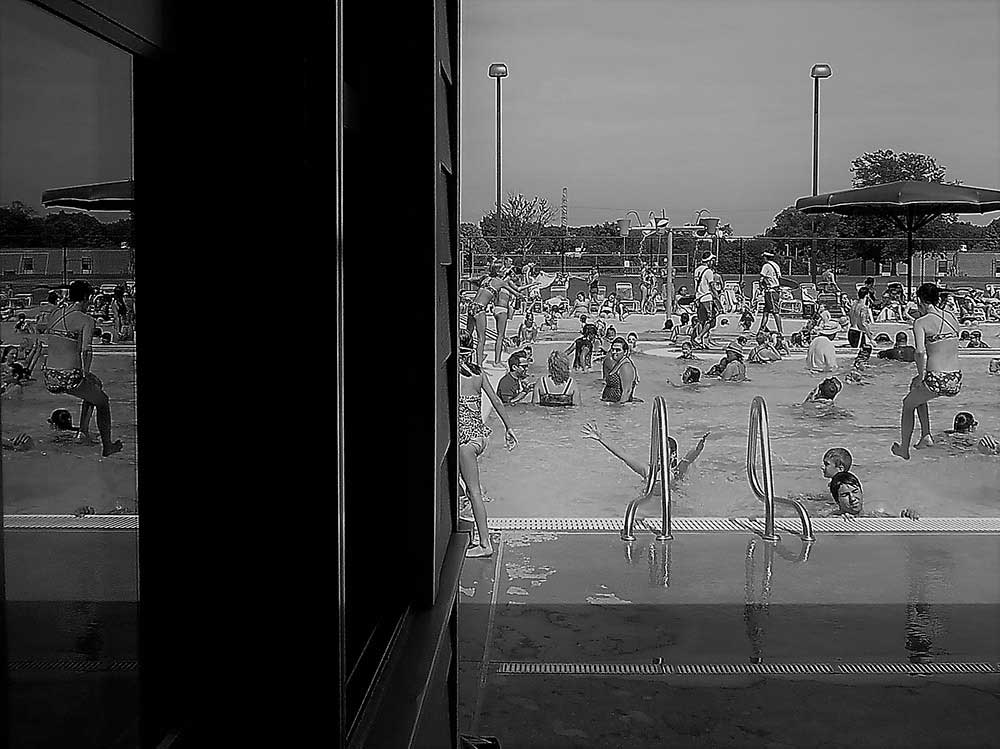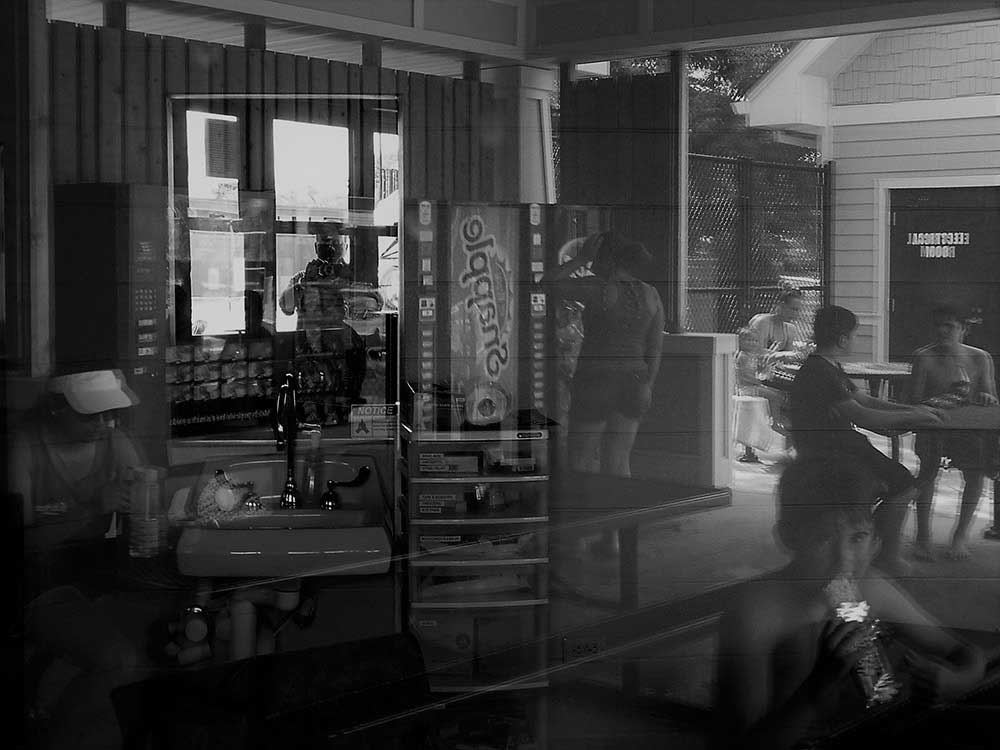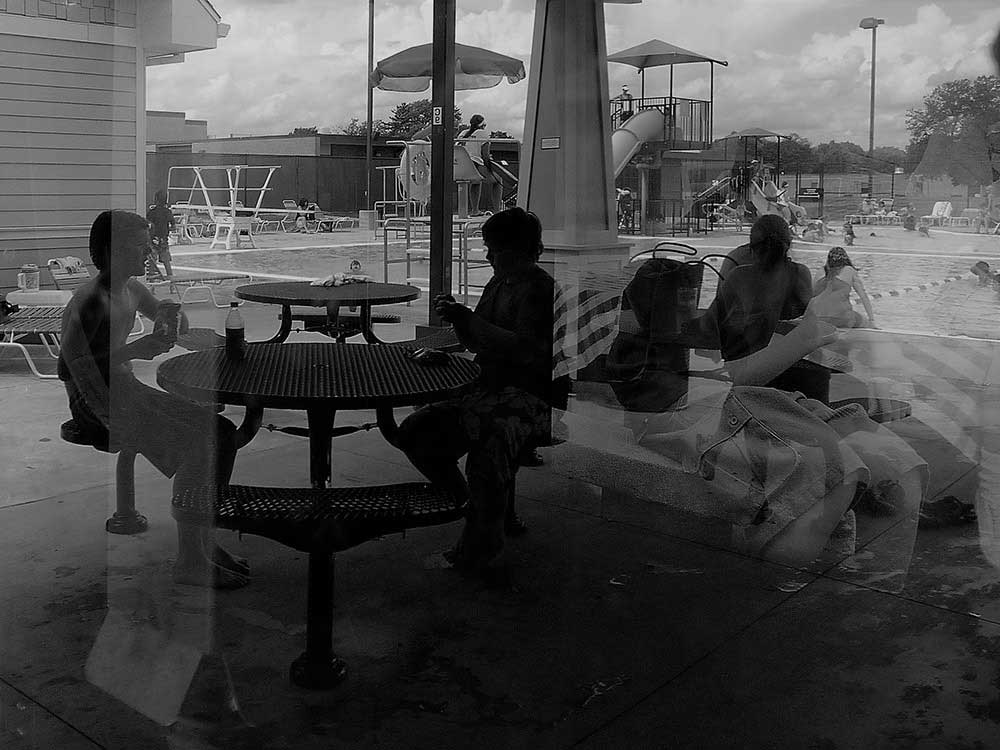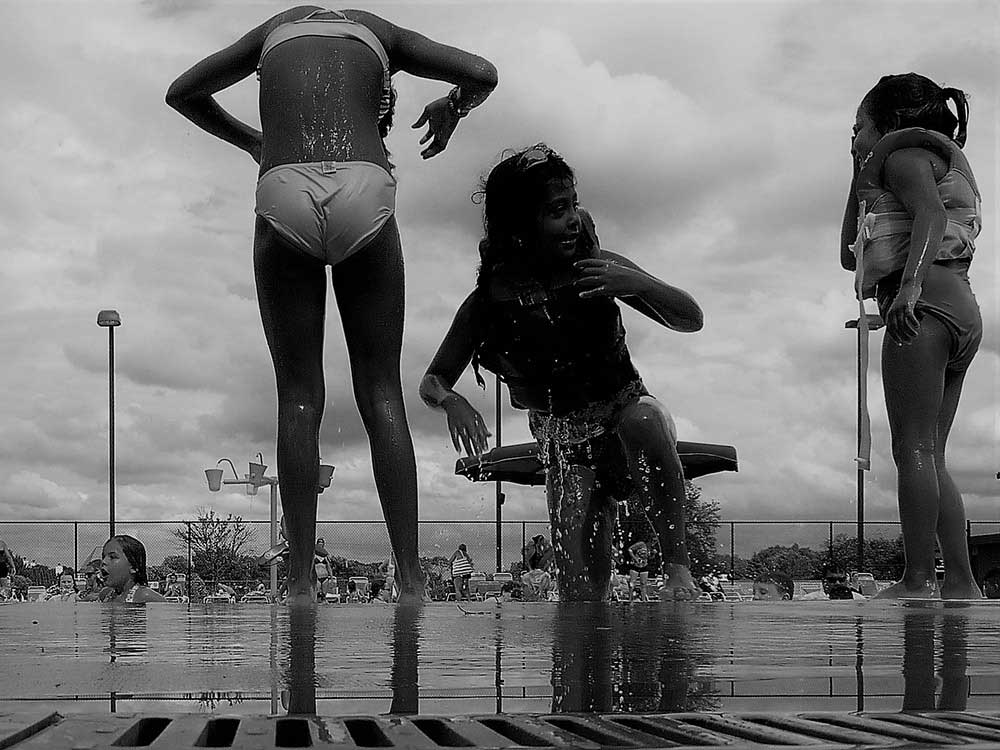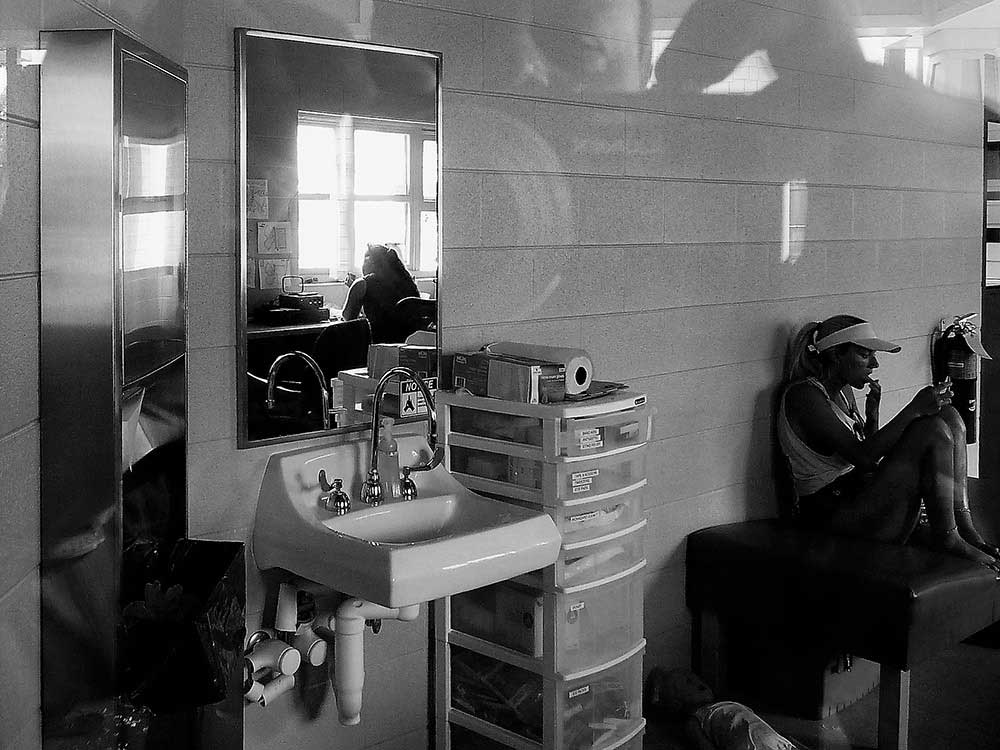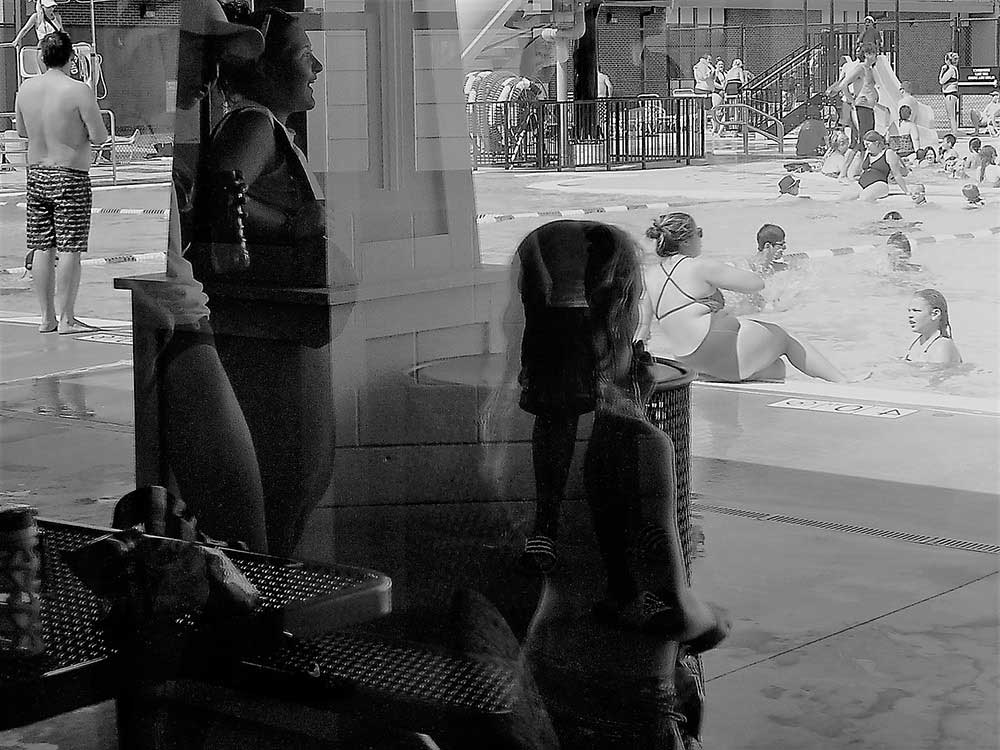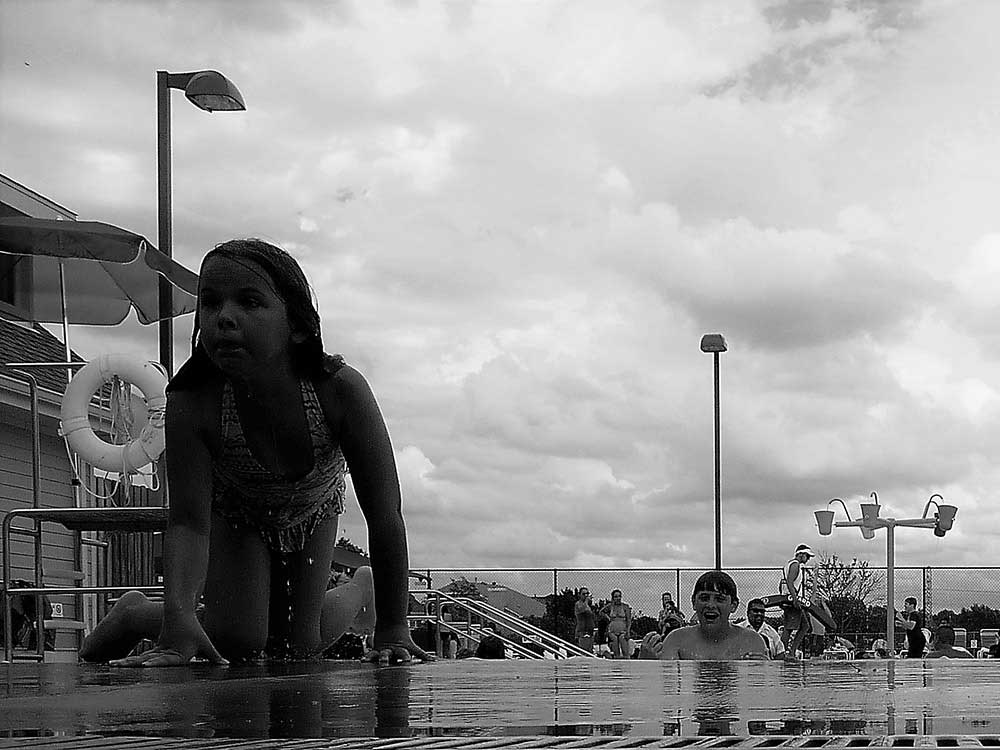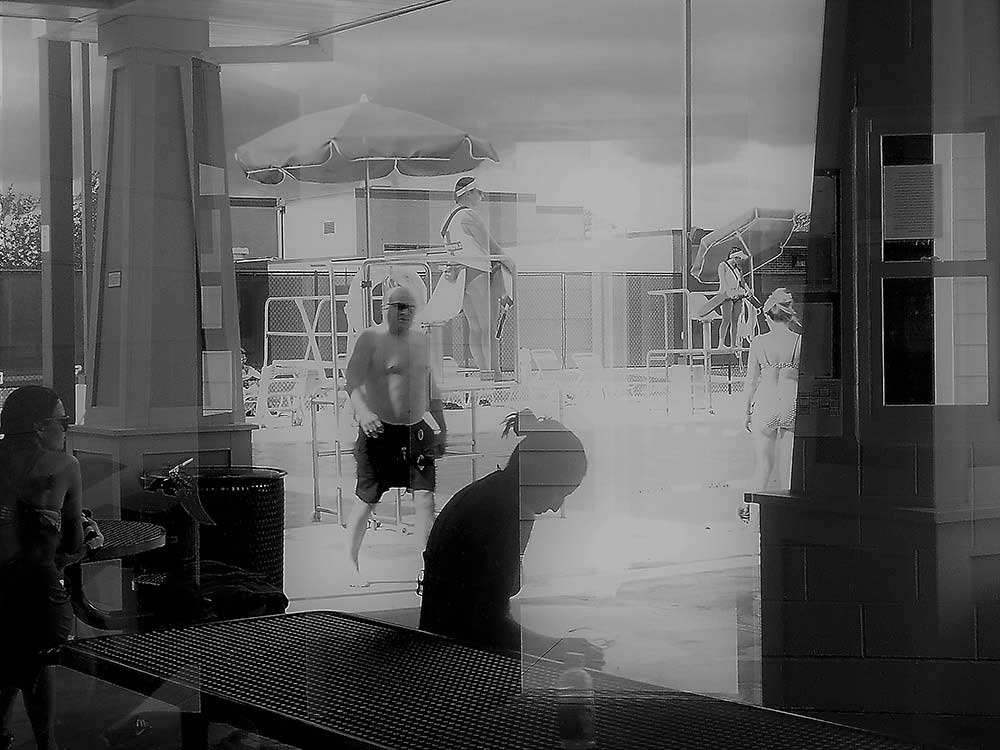[Preface: What is visual occlusion? In the sphere of psychology, especially, in memory research, visual occlusion is a technique used by the researchers, where they hide body parts or movement, often using media or film, to deduce how people use their intuition-vision to anticipate or perceive the best course of action. Visual occlusion techniques help us understand the role of vision, as in object overlaps causing us to perceive depth. Psychologically, visual occlusion arranges our experience by making us keen to specific information and situations. It sets in us a “perceptual expectancy,” a predisposition to see things in a certain way, and this filters through all our senses.]
“Obstruction is direct incentive, to investigate whatever is behind it.” – Raju Peddada
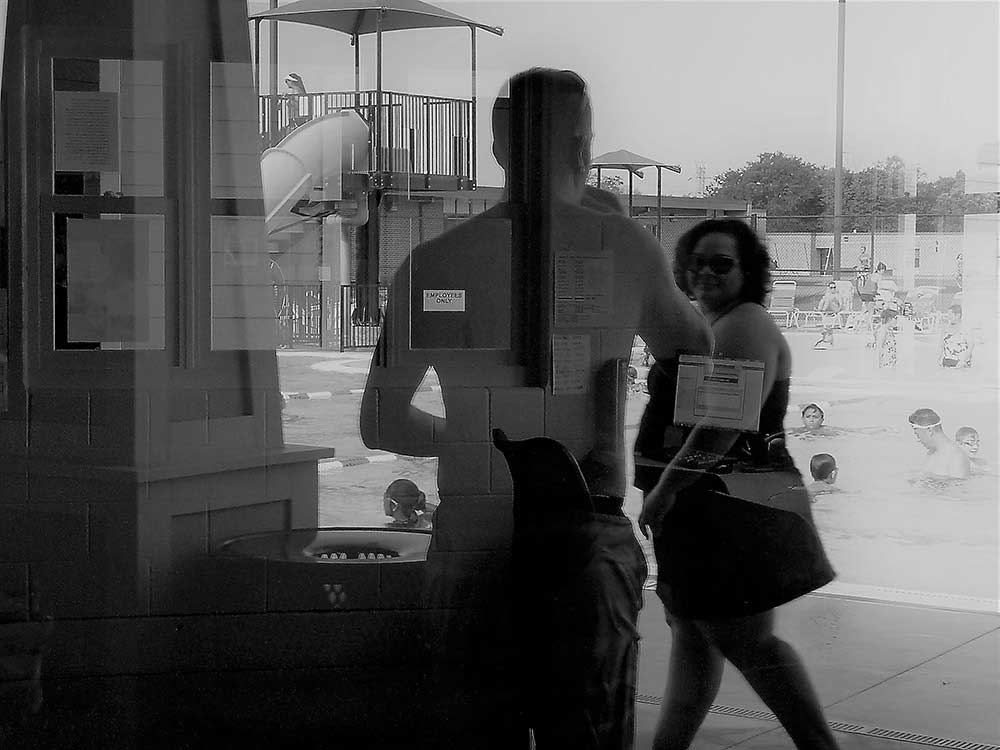
The word “Occlude” is a transitive verb, which means to obstruct, block, or prevent, but in photography, it’s transmogrifies to an intriguing concept.
Obstruction or prevention, intriguingly, metastasizes in living creatures as this beguiling energy that is almost pathological: it’s called curiosity. No other animal is more curious than the human animal. It’s their curiosity, that has elevated the whole species to the intergalactic realm. To know, is a profound existential facet.
The causation for curiosity is the unknown, hidden, or that which is obstructed, inadvertently or deliberately from plain sight, all, encompassed by the word occlude. We all, at one point or another, are obstructed from views, people or things, which seeds and bears an interesting proposition to photography. Things that are not in plain sight, become a mystery, a puzzle to solve, something contentious that becomes an unbearable itch for us to satiate. This, photographically, is an important engagement, because, that which is occluded, is open to all sorts of intrigue and interpretation.
Allow me the ownership of this photographic solecism, in coining this condition, where blocked,
obstructed, or partially hidden objects or views, will heretofore be referred to as: “Photographic Occlusion” – a condition that inculcates inquiry, and yet, a condition that projects a beauty its own: the “Occlusion Aesthetic.” I propose that photographic occlusion is not limited to just physical subjects and objects, it’s more to do with our inner state. Mental-emotional occlusion is something very innate to us, we hide our intentions, emotions, and actions from others, just so that we don’t give away ourselves to our friends or adversaries. We occlude ourselves in diffidence, or with devious intentions – and this invariably is a photographic facet in portraiture – Anne Leibovitz made a career of it.
Advanced concepts in photography, regardless of material advancements, are mostly about metaphysics of perception. Over the years, I have enjoyed hunting down conditions where things are not obvious, things are obstructed from direct view, leaving us in convulsive stitches of inquiry. The most intriguing aspect of photography happens to be “what people are doing?” or “what are people doing?” Interpretation is left to the viewers, and every individual interpretation following perception, is a form of ownership. There is a vast psychological component to this unexplored facet of photography.
Let’s dig further on this psychological terrain for that occlusion aesthetic. A serial killer, really doesn’t desire obscurity, rather, like any artist, he covets notoriety, recognition, and his psychological authenticity and singularity is in his methodology, a psychological fingerprint that I refer to as “crime aesthetic,” exactly like an artist, in the way he kills and leaves his victims. It’s this crime aesthetic that eventually identifies him. Whether it’s a serial killer or serial cartoonist, we all have our ‘crime’ aesthetic, not only in our movement, but in our subconscious and unconscious postures, while interacting with people, or in doing things. We can, detect and discern people, even what they are doing, when they are partially hidden from the view.
Visual occlusion, you see, has two components, first: that it is the fertilizer for curiosity, second: it has its own identifiable aesthetic. My work presented here is not about forensics, but, that about people and the aesthetic component intrinsic to their seemingly inscrutable intent. In other words, what they are doing is not decipherable, the vagueness of it, except, that we see their bodies, partially visible, or caught in partially finished action: half acts, and the beauty inherent to it.
The murkiness of our physical movement, without giving away what we’re up to is what I consider magic. I prefer the mystery to be intact, it’s not an imperative to have it be solved or deciphered. As an aesthete, I linger in that dubiousness, that ambiguity, that inscrutable suspension of clarity, the banishment of manifest intent.
Dubiousness had been the pursuit of creative immortals. In my research for my fortnightly column, on Thomas Mann and Wolfgang A. Mozart, I found that they shared a common ground, in the understanding that dubiousness fertilizes our senses, our awareness and inquiry, that affords us the sublime experience of imagining and speculating on the unclear. Mann projects the murkiness of life through his protagonist: Hans Castorp, while, Mozart left out whole lines in his compositions, to improvise before the audiences to reflect their mood and atmosphere. At the Louvre, in Paris, I had noticed that Leonardo da Vinci’s major works were kind of “fuzzy.” My suspicions were confirmed when I read a report as to how the Renaissance master used his hand over wet paint to blur the face, especially, the eyes of his subject. Was he trying to achieve the eternal by rendering it a little unclear: ambiguous? We learn that this was indeed one of his patent techniques. The painting I refer to was “Salvatore Mundi,” that recently sold for over $400 million!
This also reminds me of one of the most celebrated films: “Rear Window,” by Alfred Hitchcock. The protagonist, James Stewart, is a photographer with a broken foot in cast, cared for by his girlfriend, the delectable Grace Kelly, watches the neighborhood through his apartment window with his field glasses. In a few windows, the protagonist witnesses his neighbors milling around in their apartments, in what seemed to be a series of suspicious and undecipherable activities, inducing a fatal curiosity in the protagonist. Alfred Hitchcock, a cinematic genius on such concepts, explicates a challenging visual oxymoron in this rare film: “open secret” or “open privacy,” – like two gents urinating next to each other in their private bubbles, a metaphor that reveals of the contradictions in urban existence.
The irony of urban existence is rather exquisite, in contemporary photographic context. Urban spas, Turkish baths, or swimming pools offer a plethora of such open private bubbles. People are oblivious of each other in their semi-nudity, covered only in tiny strips of fabric over their private parts, completely invested in their privacy. And yet, there was this tension in movement, a mysterious furtive energy that I felt in their movement – an urgency to derive more joy than others: a competition for resources was the thing, the best corners in the pool, the best vending machines, and spots in the shade to leave their effects and to steal looks at their quarry, without letting the quarry know.
I confess, I am a painter at heart – and, the principles of painting dictate my photography, as the latter does derive its template from the prior. I happen to be at the Chippewa pool twice with my boys. My objective was to study the light and its effect on a small space thick with people. I chose a camera that allowed a small amount, with low resolution. Intention? To occlude light, to derive the occlusion aesthetic in stasis, as well as movement of the bodies in the small waiting area with only one office window in harsh mid-day light – without any sort of definition of their intent. The result is a collection of low resolution palimpsests of people in various activities in their social construct: the swimming pool and its club house.
Selected photographs are available as limited edition B&W prints, each, in an edition of only 200 prints in two sizes: 17×14.5 and 16×20 inch prints on Hahnemuhle archival rag paper, with a 2” border. For pricing and availability, please contact: [email protected]
